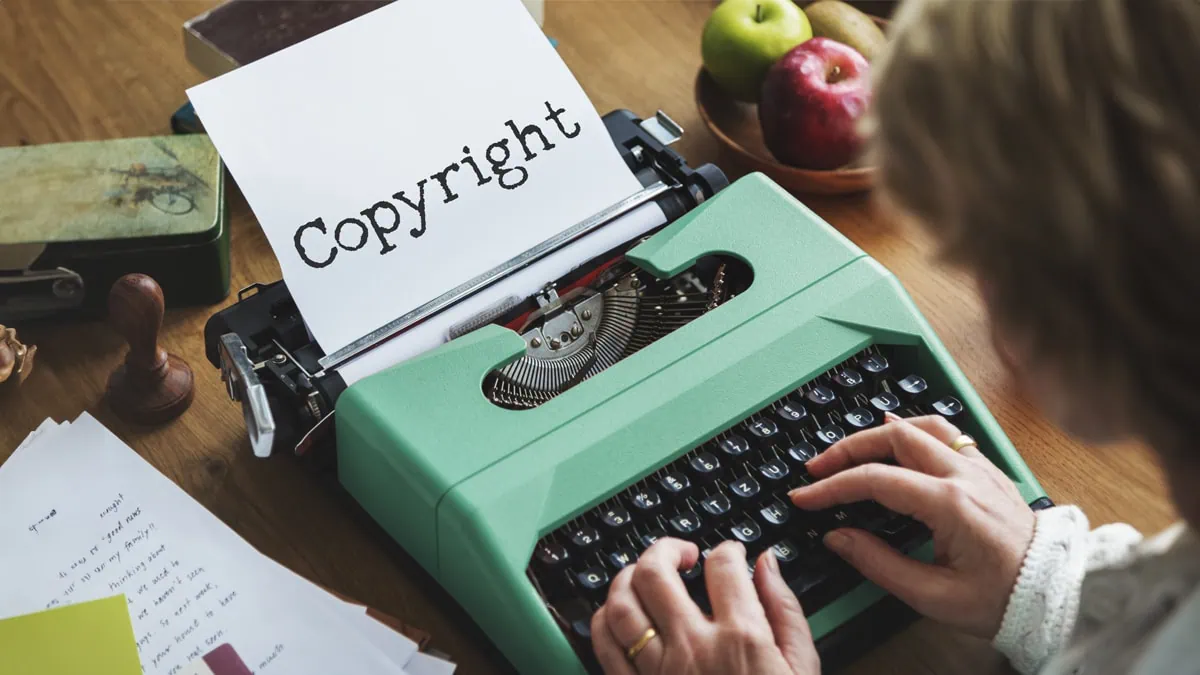Let’s hear it loud and clear—Copyrighting art is important!
Yes, if you are an artist then you definitely need to know everything about art copyrights.
And if you are an art lover, you still need to know about this means of protection so that you appreciate art more.
Art around the world is often misused, plagiarized and even stolen when they reach the hands of wrong people.
Therefore, it is necessary to understand and implement copyright laws to protect your art and other pieces in the world.
This article is a quick guide to brief you about what copyrighting art is and how it can be done.
So, let’s get to it then?
Table of contents
What is Copyrighting Art?

Before we get into copyrighting art, you need to first understand what a copyright is.
In simple terms, Copyright is the right to protect any original product that has been made with your original thought and efforts.
Therefore, copyrighting art gives you the right to ownership of any of the artworks you have created.
This is done to mainly avoid your art or painting from being reproduced physically or by digital means.
Basically, if your art is protected with this law, then no one is allowed to copy your artwork which stays original to your ideas and talent.
But it is to be noted that copyright focuses not on the idea alone, but primarily on the end product, that is the artwork itself.
In legal terms, copyright is an intellectual property law that artists can benefit from.
When Does Art Copyright Protection Begin?

Did you know that you don’t need to “register” somewhere for your artwork to get copyrighted?
That’s right, copyrighting art is automatically applicable from the time it has been created and throughout the artist’s life.
Once the artist passes away, the copyright is still intact for the next 70 years post the artist’s demise.
Pssst, this is why reproduction paintings of famous artworks are done after 70 years of the artist’s death!
Copyrights do not just apply for your published artworks, but it naturally protects your unpublished artworks too.
The central aim of copyrighting art is to protect the artist’s original work of expression, be it of any kind.
Is Registering Your Copyright Necessary?

I have already explained that your artwork is copyrighted from the very time of its creation.
But then why do people register their copyright?
And, is registering your painting for copyright really necessary?
Well, if you register your artwork for copyright at the U.S Copyright Office, you can create a public record of ownership.
This will make the protection on the art more “visible” to the world around you.
Registering your copyright also comes with other legal benefits, if at all you need to use them for your artwork.
Suggested read: Art Appraisal: Evaluating Estimate of Your Artwork
Conclusion: What All Can Be Copyrighted?
Now are you wondering if your particular kind of art can be copyrighted or not?
Let’s look at the list of artwork that has the right to avail copyright protections:
- Paintings, drawings and murals
- Sculptures
- Artwork done on any fabric
- Stationery, greeting cards, postcards
- Jewelry designs
- Pattern and kits use for crochet, sewing and other needlework
- Original prints and posters
- Comic strips and cartoons, etc.
These are to name a few, but did you find the artwork that you are looking for in this list? I bet you did!
I hope you have a good idea about copyrighting art and its implementation.
I’d urge you to read more on it and look closely at topics surrounding selling art and art marketing too!
Here’s hoping you found my article helpful.
Until I see you with the next one.
Ciao xx
Frequently Asked Questions
Copyrighting art gives the owner of the artwork protection of its tangible product and can hold the right to reproduce, publish or even broadcast their works.
The visual arts are protected by copyright. This includes paintings, drawings, sculptures, photographs, jewelry designs, board game designs etc.
A copyright protection starts from the when a tangible product is made and stays throughout the creator’s life and even additionally 70 years after their death.


